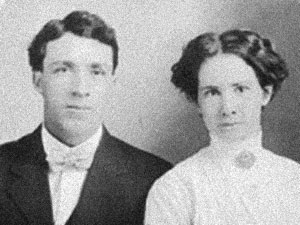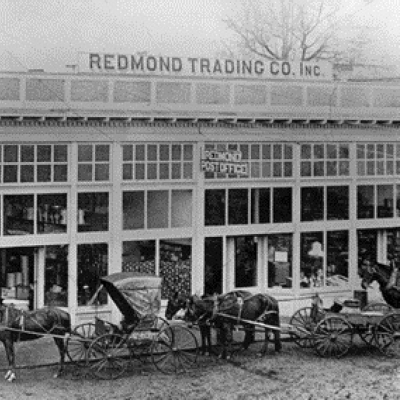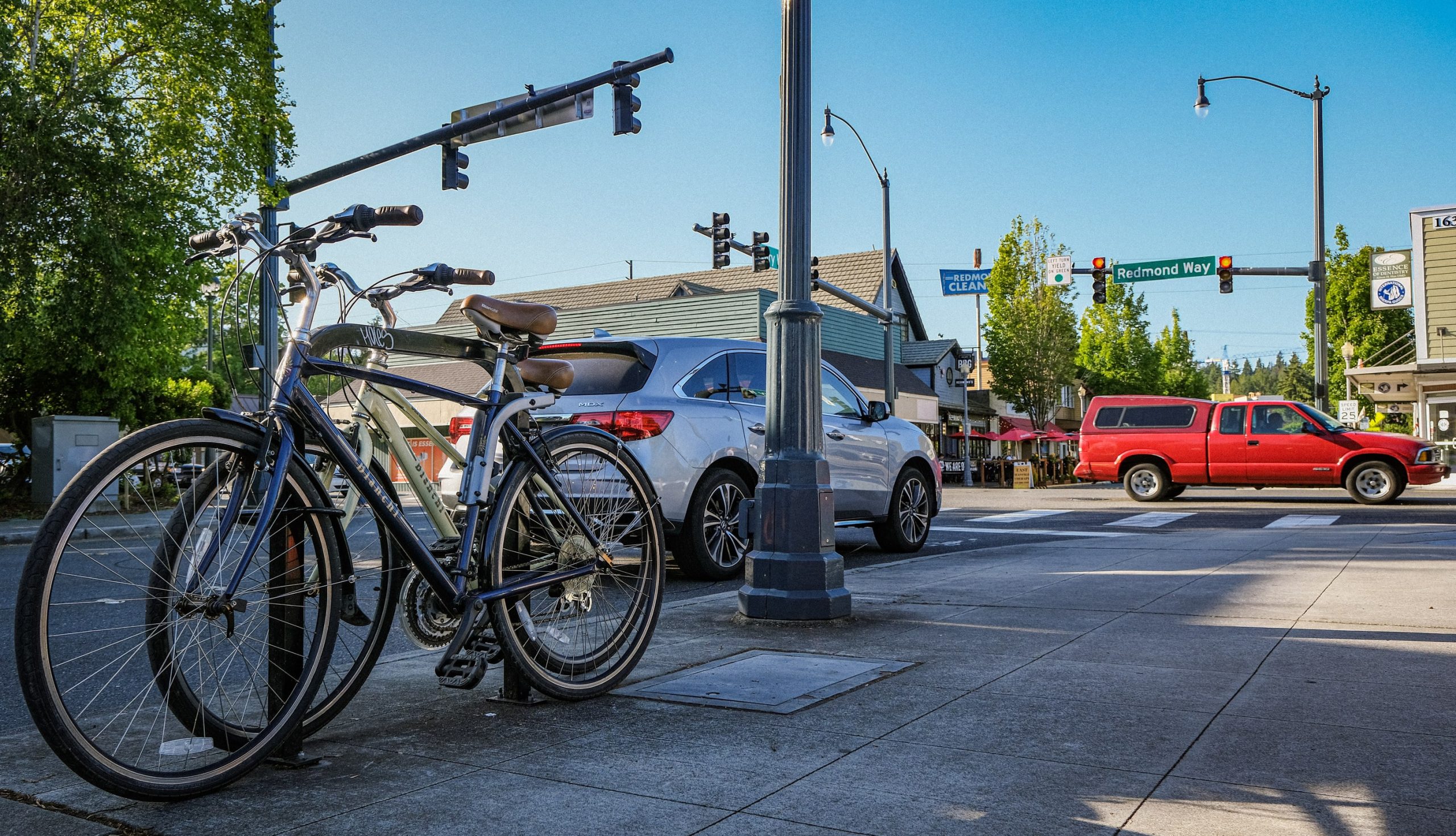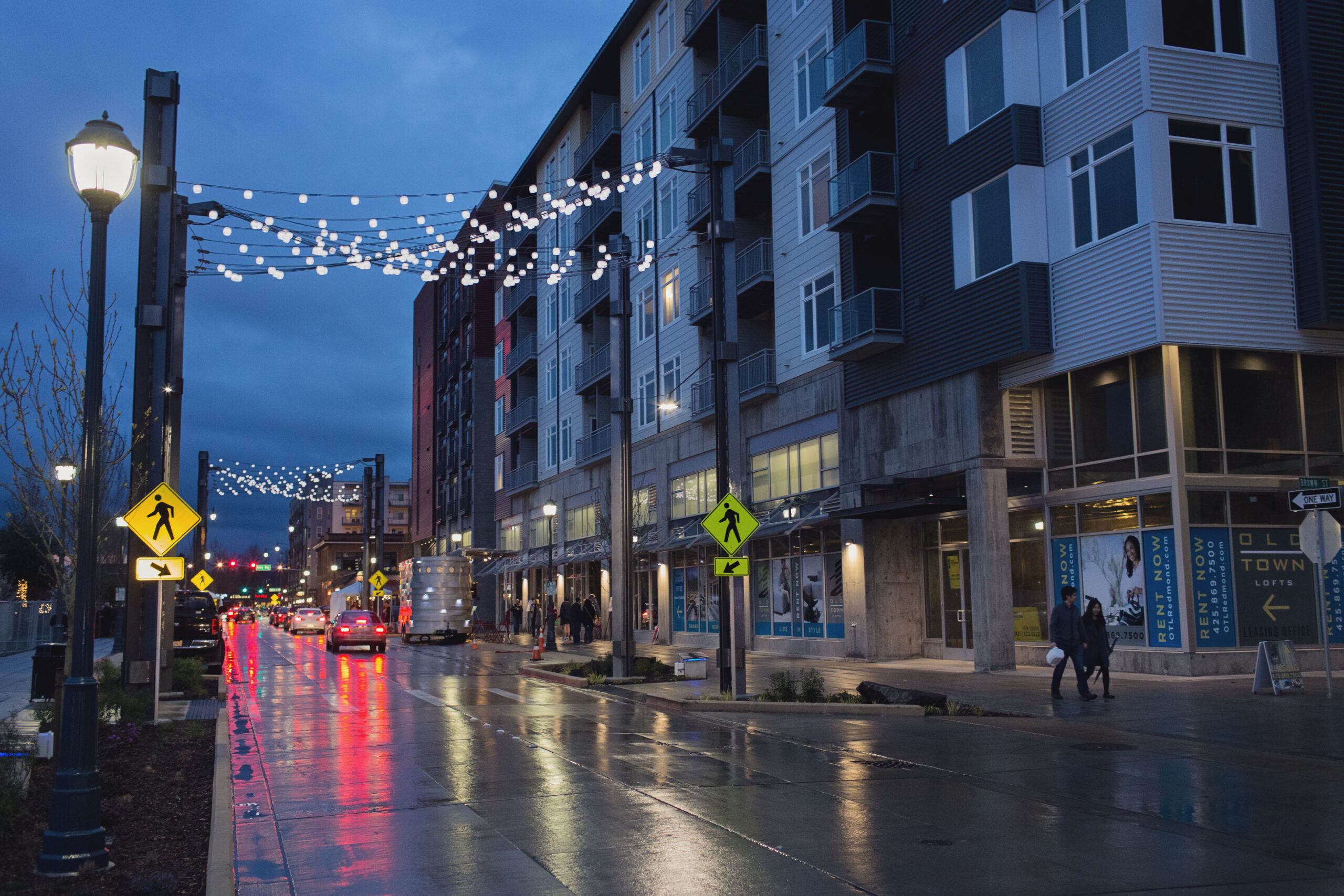The Redmond area has been home to people for thousands of years. Redmond lies on the shores of Lake Sammamish, in proximity to Lake Washington, and accessible to the forests of the Cascade foothills. Multiple glaciations, occurring between 1.8 million years ago and 10,000 years ago, carved the deep troughs that make up the topography characteristic to the region, the largest of which are now occupied by the waters of Puget Sound, Lake Washington, and Lake Sammamish.
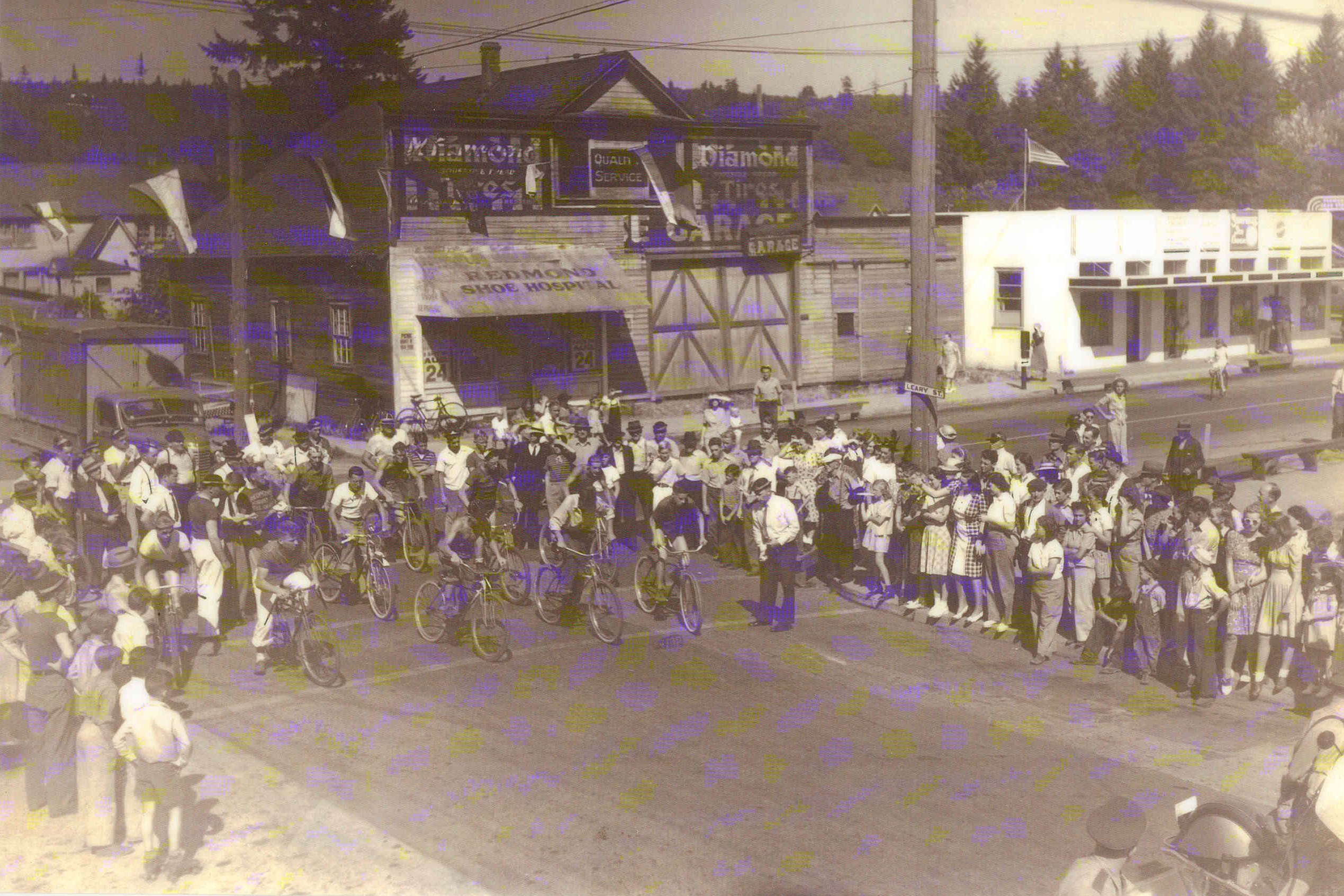
Redmond History
Story of Place

Bear Creek
A unique archaeological site—the Bear Creek Site—was discovered during a 2008 cultural resources survey. During archaeological investigations conducted with the restoration of the Bear Creek stream the site yielded artifacts that date to over 12,000 years ago. Oral histories of Indian tribes, the descendants of those who occupied the Bear Creek Site, refer to living here since time immemorial. Generations of people have been drawn to this location, with its abundance of fresh water in the lakes, creeks, and rivers; plentiful fish and game; and rich soils in the area supporting fishing and hunting and later timber harvesting and agriculture. The area has been a place of occupation as well as a gathering place for trade and community for centuries. The early residents and visitors to Redmond have left their mark on the land and waterways in both tangible and intangible ways.
Learn More about the significance of Bear CreekSnoqualmie Indian Tribe's Ancestral Lands Movement
The Snoqualmie Indian Tribe has launched the Ancestral Lands Movement, where through education and awareness, individuals can integrate land acknowledgement and respect for the Snoqualmie Indian Tribe into their recreational practices and experiences. The Ancestral Land Movement seeks to spread awareness of the Snoqualmie people who have lived in the southern Salish Sea region since time immemorial, for as long as the earth and waters remember, and share the significance of these land and provide information on how people can help the Tribe in respecting, restoring, and protecting these lands.
The Logging Days
Warren Wentworth Perrigo and the town’s namesake, Captain Luke McRedmond, were the first pioneers to stake their claim on the north end of Lake Sammamish. The early homesteaders’ greatest challenge was clearing the towering trees, which were of such enormous girth that available equipment was inadequate. While the immediate solution was a method of felling the giants by burning their trunks above the roots, the challenge itself soon led to Redmond’s first economic boom. Loggers poured into the valley in the 1880s, and in 1890 near Issaquah, John Peterson built the first sawmill east of Lake Sammamish. Campbell Mill was built in 1905 at Campton, followed by other prosperous lumber and shingle operations whose substantial payrolls created a demand for products and services.
Steamboats were the only practical mode of transportation during Redmond’s early years of few roads and thick forests. Chugging up and down the Sammamish River and crisscrossing the lake that feeds it, the flat-bottomed boats carried goods and passengers until 1916 when the Chittenden Locks opened, lowering local lakes and waterways by nine feet. In 1888, the year before Washington became a state, the Seattle Lake Shore & Eastern Railway arrived, and with it the success of Redmond’s timber was ensured.
During its logging heyday, Redmond was a rollicking town of saloons, hotels, dance halls, movie theaters, and eateries. The Redmond Trading Company, built in 1908, was the community’s first brick building, followed by Bill Brown’s Garage, the Old Redmond Schoolhouse, the Brown Building, and the Redmond State Bank, whose first depositors were lumber mills. Like other Western towns of the era, most of Redmond’s buildings were wooden, and when ablaze, were especially vulnerable to complete devastation for lack of a public water system. Indeed, repeated and disastrous fires were the primary impetus for the stable community of 300 residents to become a fourth-class town in 1912. Incorporation allowed Redmond to tax its thriving saloons and finance a modern waterworks.
A Town is Born
Frederick A. Reil was the town’s first mayor, and during his term, Redmond bloomed. Many new buildings rose Downtown and automobiles became a frequent sight on Main Street, now Leary Way. Four years ahead of the nation, Washington state adopted Prohibition in 1916, spurring bootlegging operations within the town and many liquor stills in the surrounding woods.
The local timber industry lost momentum in the 1920s after the aggressive logging of past decades took its toll on local resources, and agriculture became the mainstay of Redmond’s economy. On the hills and in the valleys once home to deer, bear and bobcats, farmers struggled to remove the massive stumps logging left behind. They fenced their land for dairy cattle, built structures for chickens and mink, staked acres of berries, and planted profitable farms. The population grew little during this period, with many young adults seeking jobs elsewhere during the Depression.
Infrastructure Fuels Growth
From the early days of steamboats and horse-drawn stages, the introduction of better roads and dependable transportation has facilitated Redmond’s growth. When the first Lake Washington floating bridge opened in 1940, the town had only 503 residents. The completion of the Evergreen Point floating bridge in 1963 instigated vigorous residential growth, which created a demand for local goods and services. Redmond’s high-tech industrial growth began slowly in the 1970s, and by the millennium, the population had exploded to 43,610.
With an independent economic and cultural heritage of logging and agriculture, Redmond continues to grow and evolve as a dynamic city. Today, its residents embrace the future with their long tradition of community pride, participation, and pioneer resourcefulness.
Sign Up for Our Newsletter
Sign up today to stay up-to-date on local events, activities, and attractions. Plus exclusive offers, discounts, and chances to win prizes!
Download Our Visitors Guide
Our newly revamped visitors guide showcases the City's best kept secrets and much more to explore. Download it today!
Download



